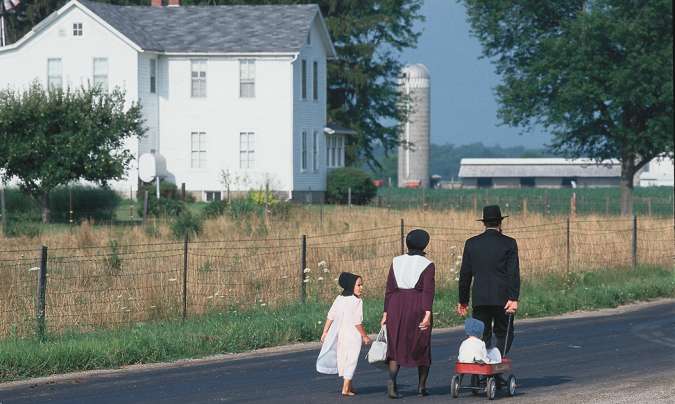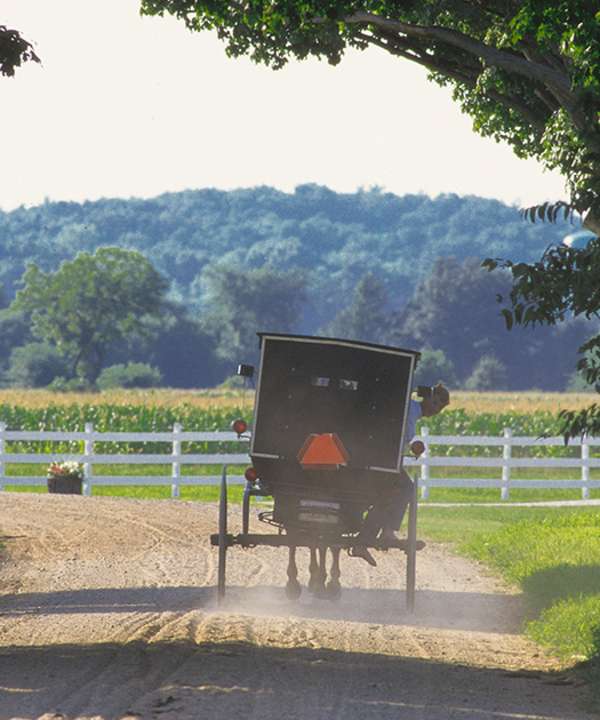- Home
- RV
- RV Rally Planners
- Media & Opening Ceremony Contacts
- Vendors & Exhibitors
- Sites
- Rally Services
- Dealers
- Manufacturers
- Parts & Accessories
- Repair Services
- Factory Tours
- RV / MH Hall Of Fame & Museum
- RV Parks & Campgrounds
- Home
- Groups
- Groups of 10 or more
- Amish Country Along the Heritage Trail
- Authentic Amish Cultural Experience
- Amish Country Christmas
- Cultures of Amish Country
- Grandparent Grandkid Getaway
- Handcrafted and Historic
- Food & Fall Fun in Northern Indiana
- Free, Fun, Fantastic
- Girlfriends, Giggles & Gifts Getaway
- Hands On Activities for Groups
- Indiana Treasures Tour
- Quilt Gardens
- Sample Quilt Garden Itinerary for Groups
- Top 10 Fun & Quirky Facts about Elkhart County
- We Love Groups in Northern Indiana Amish Country
- Goshen: Perfect for Small Group Getaways
- Midwest Quilt Festival Week Extravaganza
- Amish Country Group Experiences
- Motorcoach Guides & Tour Operators
- Group Accommodations
- Group Dining
- Family Reunions
- Weddings
- Request Info
The Amish Lifestyle
Simplicity, a Way of Life — A faith that dictates foregoing modern amenities, including electricity, automobiles and telephones, guides the Amish. This simple way of life is derived from teachings in the Bible and the Amish desire for an autonomous community.
Military Service — Following the biblical teaching of “love thy neighbor,” the Amish faith forbids violence and active military service.
Amish and Mennonite — As offshoots of the Anabaptist faith, the Amish and Mennonite groups are closely related. In general, Mennonites condone a more liberal lifestyle, which includes some modern amenities such as electricity and automobiles.
Amish Attire — The Amish dress simply with only basic ornamentation. Men’s trousers use buttons rather than zippers. Amish women sew their family’s clothing from solid-color fabric, often in shades of blue. Young girls can wear pastel-colored dresses and, like Amish women, wear bonnets. Adult men can grow beards, but no mustaches (a centuries-old prohibition traced to mustached men in the European military). Only married Amish women wear aprons, and they can wear white aprons for church services.
Photography — All forms and methods of photography are strictly forbidden. The Amish can’t pose for photographs nor use cameras to capture images. The Amish believe photographs lead to pride, which threatens the importance of the “community” by emphasizing individualism and calling attention to individuals.
Education — Formal education ends with the eighth grade. After that, Amish boys begin an apprenticeship to learn a trade; girls learn the skills necessary to maintain a home.
Work — The Amish are adept farmers, and the majority of Northern Indiana’s Amish live on farms. Today, however, few Amish men are full-time farmers. To support their large families, most work in factories, artisan workshops or cottage businesses. Adolescent Amish girls and women often work in retail businesses or restaurants.
Home and Family — The home is the center of Amish life. Amish families host every event and gathering in their homes, from church services to funerals and weddings. Generally, Amish homes are uncluttered and furnished simply. Amish women take pride in their housekeeping, cooking and providing clothes and the staples of everyday life for their families. Many Amish homes include additions or small detached dwellings called dawdy houses, where family members such as grandparents live. In summer and fall, bountiful vegetable and flower gardens add splashes of color to the usually white buildings on Amish farmsteads.
Courtship and Marriage — When Amish boys turn 16, they receive a courting buggy for transportation to chaperoned social gatherings, where courtships often begin. During courtship, Amish boys escort eligible girls to church services, singing programs and other Amish events. Couples marry for life, and weddings often are major celebrations, including up to 500 guests. The Amish wedding day begins at 9 a.m. with the singing of hymns. A full sermon and the exchange of marriage vows follow. The wedding day concludes with a huge potluck meal.
Taxes and Insurance — The Amish pay state, federal and county taxes. Typically, they refuse Social Security benefits. Their faith dictates that the Amish community cares for its elderly. This self-supporting principle also eliminates the need for health insurance.
Healthcare — While Amish families often try alternative treatments, they will seek the services of doctors and modern hospitals when necessary.
Population Trends — Northern Indiana’s Amish population doubles about every 20 years, primarily due to the large size of Amish families, which often include 10 or more children.


